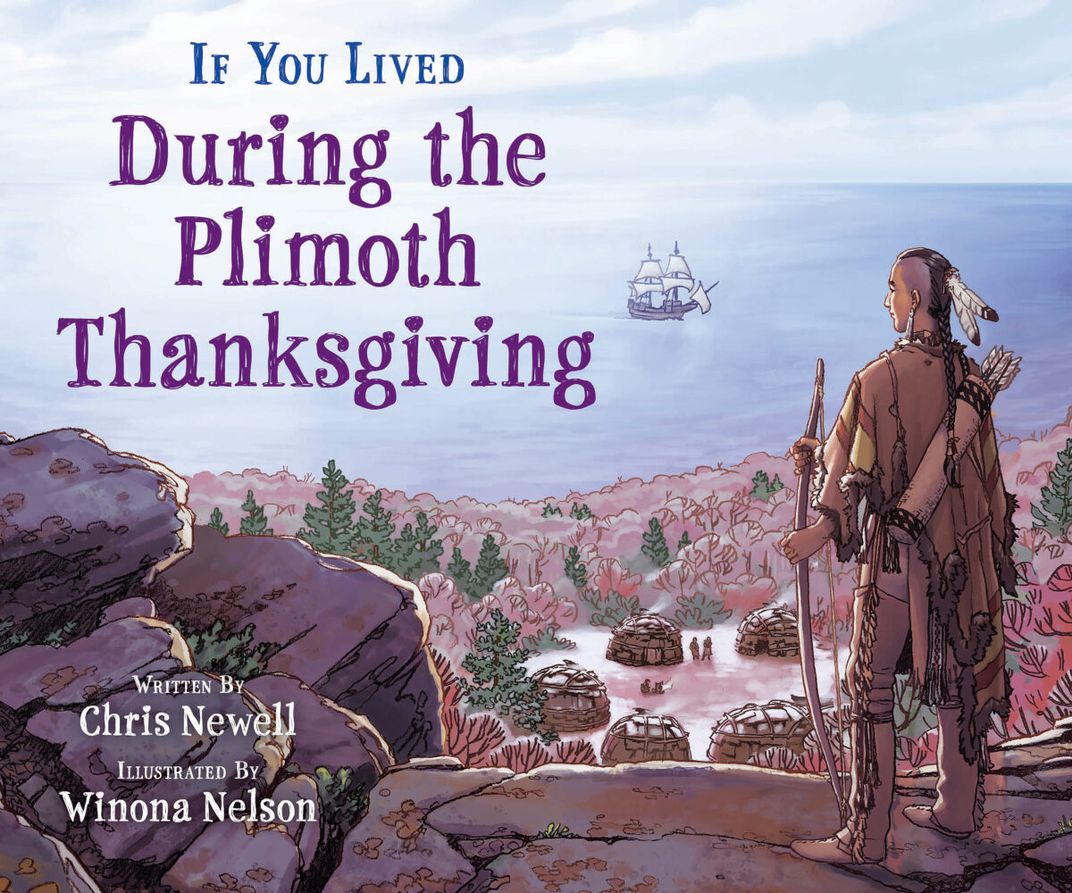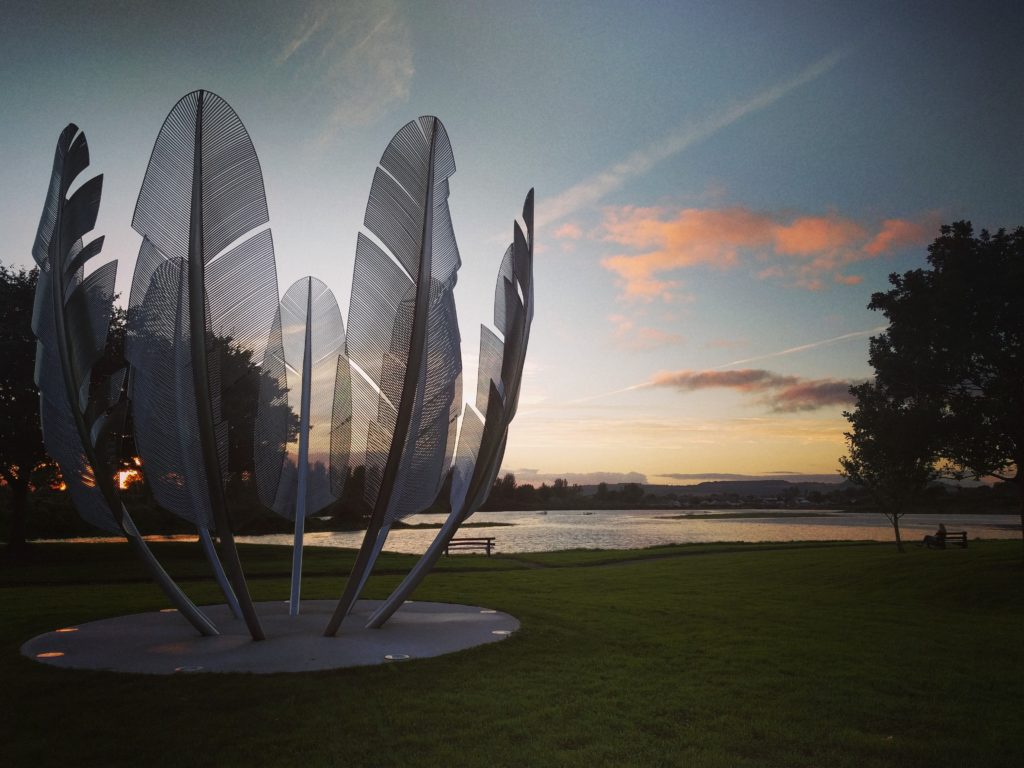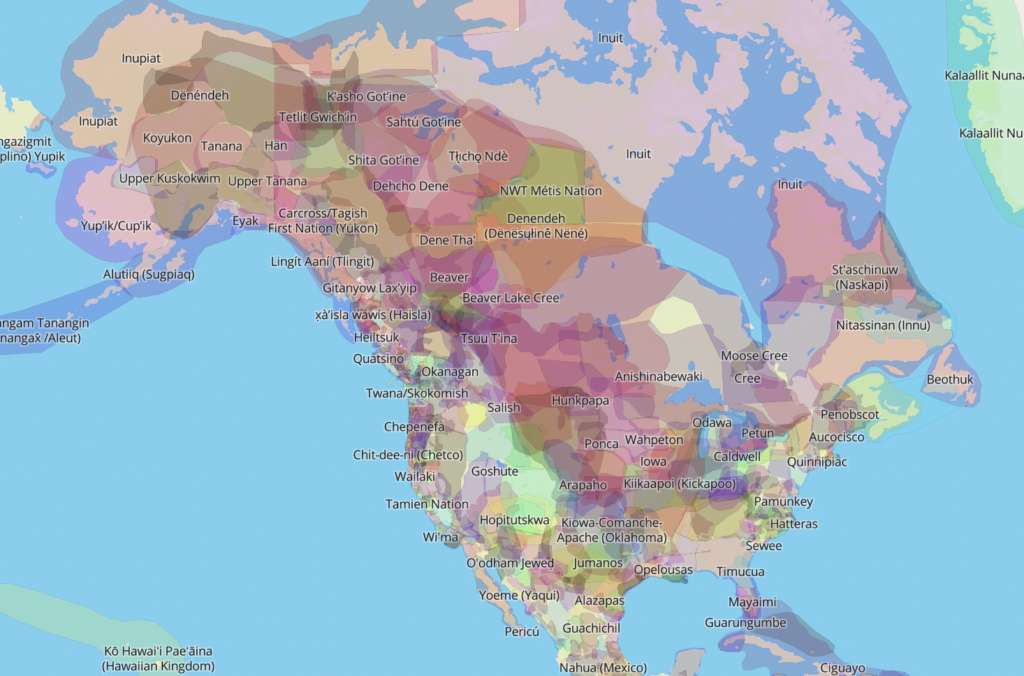For me, Thanksgiving is a day to slow down and be together as a family. To welcome anyone to our table and share a meal, give thanks, and hold our loved ones close (even those who are no longer with us). I also wrote a post reflecting on what it’s like to mark family holidays as an immigrant and with that I share some recipes. But in school, it has a whole history which we’ve learned was just the beginning of the systemic racism that the country was founded on. Yep, I went there. But where’s the lie? Thanksgiving is still one of my favorite days to commemorate so here’s how I make that work for me.
Originally, this post was to include two complete Thanksgiving menus, but just before posting I felt that the topic was too important to put with recipe links, however wonderful they are. So I have a separate post Reflections as an Immigrant and 2 Thanksgiving Menus with Recipes.
The Thanksgiving history we were taught left A LOT out. I have a separate post about it. The day, for me, is about family and food. It is also a day to learn about the other side of Thanksgiving – the native Americans’ experience. For that, it’s time for me to quiet down and listen to learn. I recommend reading one of these articles and consider whose land you live on with the Native Lands App:
- Do American Indians Celebrate Thanksgiving? – Smithsonian National Museum of the American Indian
- Thanksgiving for Native Americans: Four Voices on a Complicated Holiday – NY Times
- Native Intelligence – Smithsonian Magazine
- 9 Ways to Decolonize and Honor Native Peoples on Thanksgiving – Cultural Survival
- “If You Lived During the Plimoth Thanksgiving” by Chris Newell exposes new truths about a major American holiday – Smithsonian National Museum of the American Indian

- Ways to Give Back to Indigenous People Beyond Thanksgiving – Harpers Bazaar
- Rethinking Thanksgiving Celebrations: Native Perspectives on Thanksgiving – Smithsonian National Museum of the American Indian

Photo: Gavin Sheridan
Kindred Spirits
On Thanksgiving, if weather allows we visit the Kindred Spirits sculpture in nearby Midleton, Co. Cork. Kindred Spirits is a sculpture which commemorates the 1847 donation by the Native American Choctaw People to Irish famine relief. This was during the Great Hunger and done even though the Choctaw themselves were experiencing great hardship and poverty, having recently endured the Trail of Tears.
The sculpture is striking because it is huge, but feels natural in Midleton’s Bailick Park. A circle of nine stainless steel eagle feathers reach skyward. Each 20-foot (just over six meters) feather is unique and unlike any of the others. The symbolism of the bowl shape was to represent the nourishment of a bowl of food. Sculptor Alex Pentek created Kindred Spirits in conjunction with his work at the National Sculpture Factory and with assistance from Crawford College of Art and Design students. You would know Pentek’s work because is has a lightness and openness that engages with its surroundings in unexpected almost whimsical ways while being grounded in something meaningful that connects within others.
The memorial, commissioned by Midleton Town Council, was installed in 2015 then word and interest spread leading to an official dedication in June 2017 by Chief Gary Batton, Chief of the Choctaw Nation, Assistant Chief Jack Austin Jr., and Councillor Seamus McGrath, County Mayor of Cork, accompanied by a 20-strong delegation from the Choctaw Nation. Here is Gavin Sheridan’s piece on Atlas Obscura about the sculpture and its significance. There was an insightful piece in the Irish Examiner about the process.
We first visited the sculpture in 2016 with my newborn son Bumblebee, then returned with my dad for Thanksgiving in 2017. Since then, we try to go each year.


I have to visit that place. It’s a very touching story.